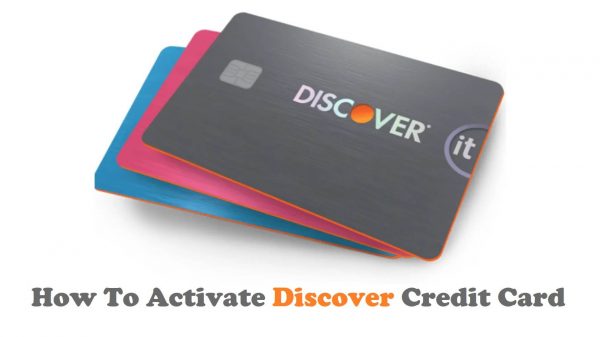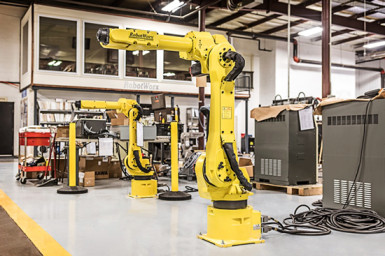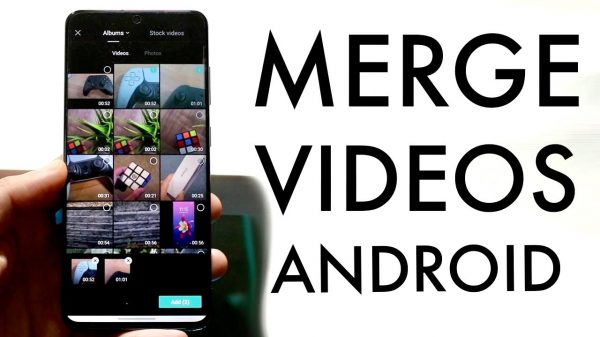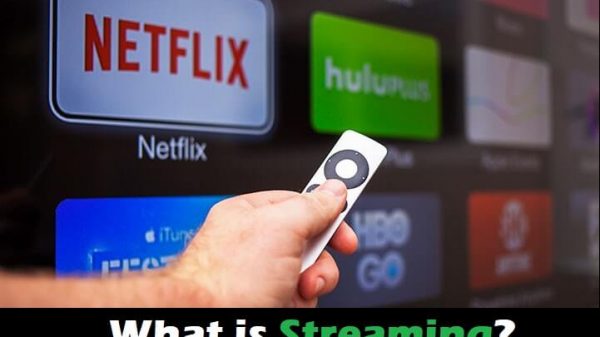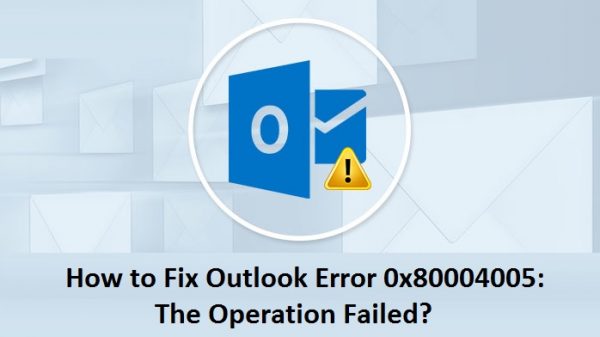Unless you regularly read electrical engineering journals, you probably aren’t as familiar with light wave communication as you might be with Ethernet or WiFi. Essentially, the term refers to modulating a beam of light with a signal in order to use it the same way that invisible radio waves might be used to communicate wirelessly. Television and stereo remotes have used an infrared form of this technology for many years. It’s also at least somewhat common in a number of command and control devices, all of which rely on a small electric eye.
If you’ve ever set off an electronic door chime that uses an invisible beam to sense the presence of oncoming customers, then you know exactly what kind of devices have already incorporated light wave technology into their workflows. Now, however, a number of electrical engineers are proposing the wide scale deployment of so-called LiFi devices, which are designed to use infrared beams in the place of WiFi radio emitters.
Business communications experts are excited about the prospect of this kind of equipment, since it would be relatively lightweight and use less electricity than most current generation WiFi modems. However, it’s the security features that are really catching the attention of industry insiders.
Why Beams of Light are So Secure
Radio waves can normally pass through walls and go straight through buildings. That’s how someone could connect to a wireless modem even when they’re outside of the place that someone installed it in. Technically, all light constitutes part of the electromagnetic spectrum in the way that conventional radio waves do, but they vibrate at too high of a frequency to pass through solid material. A modem that worked via LiFi technology wouldn’t be able to accept connections from outside of its own line of sight.
Communications with the modem by devices outside of this range would require a series of repeaters to be installed throughout a building. Not only would users have to input a password in order to connect to the modem, moving outside of a designated area would cut the connection. That means that unauthorized access would be nearly impossible unless someone could get into a place and sit down without anyone noticing. Naturally, this would make it unusable for situations where there needs to be a number of business associates connected together over a fairly large area. However, it’s perfect for office settings where everyone would be seated relatively close to one device.
Security by obscurity is never the best plan, but the fact of the matter is that LiFi connection dongles are at least somewhat uncommon at the moment. That means that bad actors may not even have the hardware that they need to connect to a network without permission. Those who’ve had a problem with people siphoning off bandwidth wouldn’t have to worry about that happening if they switched to this kind of system.
Since they’d still incorporate standard networking protocols, any office that exclusively used LiFi technology would be able to run their existing software. Regular web browsers would work, and those who are trying to cut down on technical dependencies by bringing things together under one platform should find no impedance to those goals. Unified Communications platforms that integrate phone, web and email into one dashboard are forward compatible with LiFi networks that can access outside IP addresses.
Proponents also point to speed as a major selling point.
Maximum Speeds of LiFi Connections
As one might expect, a LiFi connection would move back and forth from the modem to client devices at the speed of light. WiFi systems do as well, so this isn’t something you can consider unique. However, they should be able to handle many more channels in the same way that fiber-optic cables do. In theory, a single light wave connection would be able to hold the same number of channels as a fiber connection would. The added benefit, of course, comes from the fact that you don’t need to have any sort of glass or even copper running to the client devices.
This impressive amount of speed is measurable only using the very high numbers that are employed when talking about fiber-optic technology. Engineers are proposing using LiFi modems as a way to manage local storage area networks the way that Fibre Channel technology is used on SANs today. Optimistic predictions show this as being one of the most revolutionary aspects as far as business communications are concerned. Office workers could collaborate on documents together in near real-time by storing them all on network drives shared via a light wave connection.
In doing so, they wouldn’t be limited by the slowdowns that are associated with doing the same over popular office platforms like Google Docs or iWork. Latency related to any edits made by an individual would be comparable to the lag time inherent in using an electromechanical hard disk drive, so many users with sufficiently fast machines wouldn’t even notice that they weren’t working with objects in genuine real-time. Security protocols that run poorly on traditional WiFi wouldn’t be nearly as hampered either.
Chances are that such technology would prove useful to firms that are well outside of the framework provided by traditional offices, as well. For instance, NGOs that are involved in non-profit data visualization projects could encourage their teams to work together more closely in order to improve collaboration and get input from a wider array of people. In some instances, it might even help to improve the inclusiveness of some types of organizations.
Modern fiber-optic cables enjoy a latency of around 5-5½ µS for every kilometre traveled. Since LiFi connections are impacted by restrictions related to distance as well as problems related to dust, it’s unlikely that they’ll achieve quite as impressive numbers, but the performance figures are good enough that normal metrics don’t work for them.
Dirt and airborne particles are a major issue, however, and some in the business communication world have even raised safety concerns.
Operational & Safety Considerations of LiFi Modems
Infrared networking connections are invisible, so there’s a chance that someone could end up looking into one without even realizing it. This has long been a concern when working with the transmission ends of fiber-optic cables, though the problem could potentially be worse with a wide adaptation of LiFi modems in individual office settings because there’s no enclosed transmission medium. One of the ways to address this problem is to impose a strict 4.5 mW optical output power limitation, which has worked fairly well in enclosed spaces thus far. LiFi has been safely used aboard some Airbus flights, for instance, and there haven’t been many notable issues to date.
Another pressing concern is related to airborne dust, which can interfere with these networks. Those who’ve had to clean the bottom of an optical gaming mouse are perhaps already familiar with the way that dirt particles can scatter light, which makes it hard for devices to stay in touch with one another. This would lead to performance problems as a result of damaged TCP/IP packets making their way to the modem box.
Error correction technology has advanced to the point where each packet checked would be analyzed to inspect its checksum in nearly no time at all. However, a large number of damaged packets would eventually increase overall loss and therefore bring speeds back down to something resembling poorer quality WiFi connections. Nevertheless, business communications specialists are still excited about the technology.
Reasons Why Light Wave will Carve Out a New Niche
Currently, LiFi is used in a number of niche applications, largely in the aviation and automotive industries. That being said, it’s likely to get adopted in collaborative office spaces where security and speed are the biggest considerations. Industry cheerleaders might not be right when they suggest that LiFi will be the technology to replace existing wireless connections, but it certainly will become more popular in areas where people don’t mind taking the time to swap in special infrared USB-C adapters in exchange for a little extra speed.





